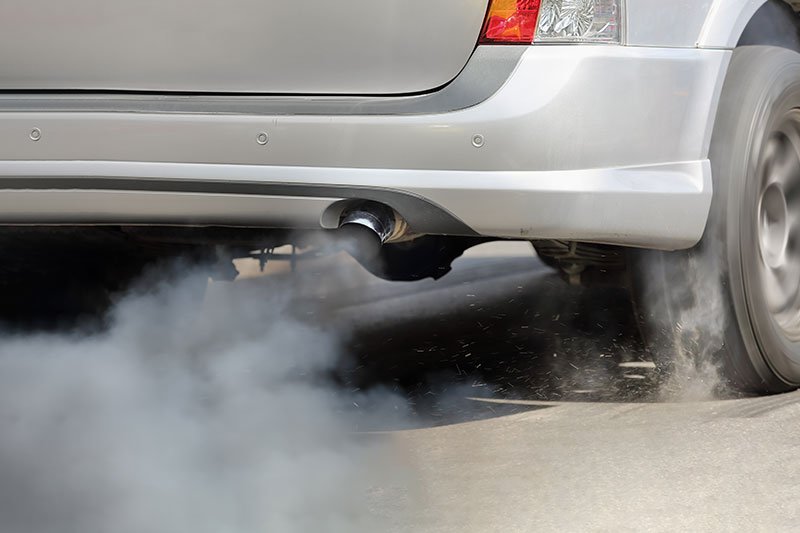California has long been at the forefront of environmental regulation, particularly when it comes to air quality and vehicle emissions. The state’s commitment to reducing air pollution has shaped the development and evolution of smog checks, which are now an integral part of vehicle ownership in California. This article explores the history of smog checks in the state, tracing their origins, major milestones, and how the program has evolved over the decades.
California’s unique air quality challenges, driven by a combination of its large population, extensive vehicle use, and geographic factors, necessitated early action on pollution control. For vehicle owners seeking smog inspections, resources such as the Smog Check Network offer certified stations that uphold rigorous testing standards. Additionally, the Vehicle Care Network provides useful information on maintaining emissions compliance, helping drivers understand the importance of regular inspections and vehicle upkeep.
Origins of Smog Checks in California
The history of smog checks in California dates back to the 1960s and 1970s, a period when air pollution in major urban areas like Los Angeles became a public health crisis. The term “smog” itself originated in the early 20th century, combining “smoke” and “fog” to describe the thick haze caused by industrial and automotive pollutants.
In response to worsening air quality, California became a pioneer in emissions regulation. The California Air Resources Board (CARB) was established in 1967 as the state’s primary agency responsible for reducing air pollution. One of CARB’s early initiatives was to develop vehicle emissions standards and inspection programs.
The first mandatory vehicle emissions testing program began in the late 1970s. Initially, the tests were rudimentary, focusing on tailpipe emissions from vehicles in specific high-pollution areas. The goal was to identify and repair vehicles that emitted excessive pollutants, thereby improving overall air quality.
Key Developments and Program Expansion
Throughout the 1980s and 1990s, the smog check program underwent several changes to enhance its effectiveness. Advances in technology led to the introduction of more sophisticated testing equipment and procedures, such as On-Board Diagnostics (OBD) systems, which allowed technicians to access a vehicle’s internal emissions data.
By the 1990s, California expanded its smog check requirements to cover more vehicles and regions, recognizing the need for comprehensive testing statewide. The program also introduced stricter emissions standards and penalties for non-compliance to encourage vehicle owners to maintain their cars properly.
In 1999, the California legislature passed the Smog Check Program Enhancement Act, which established the Star Certified Smog Check Station system. These Star stations were recognized for superior performance and were authorized to test all vehicles, including those with higher emissions profiles. The enhancement act helped improve customer service, testing accuracy, and compliance rates.
Modern Smog Check Procedures
Today, California’s smog check program incorporates cutting-edge technology and strict regulatory oversight. Most vehicles newer than 1996 are tested through the OBD-II system, which monitors the performance of key emissions components and systems in real time. This approach is more accurate and efficient compared to earlier methods.
Smog checks are typically required every two years as part of the vehicle registration renewal process, although there are exceptions for newer vehicles or certain vehicle types. Certified stations, including those part of the Vehicle Care Network, perform the inspections using calibrated equipment to ensure consistent and reliable results.
Impact and Future Directions
The smog check program has played a significant role in improving air quality in California over the past five decades. It has helped reduce vehicle emissions significantly, contributing to a decline in smog levels and associated health problems. The program’s success has also served as a model for other states and countries facing similar pollution challenges.
Looking forward, California continues to innovate in emissions control, including expanding electric vehicle adoption and exploring next-generation emissions testing techniques. The state’s ongoing commitment to reducing pollution ensures that smog checks will remain a vital component of environmental policy.
Conclusion
The history and evolution of smog checks in California reflect the state’s proactive stance on air quality and public health. From early tailpipe tests to modern OBD-II diagnostics, the smog check program has adapted to changing technology and environmental needs. By utilizing certified stations found through networks like the Smog Check Network and Vehicle Care Network, vehicle owners contribute to cleaner air while complying with state regulations. Understanding this evolution highlights the importance of smog checks as both a regulatory tool and an environmental safeguard.

